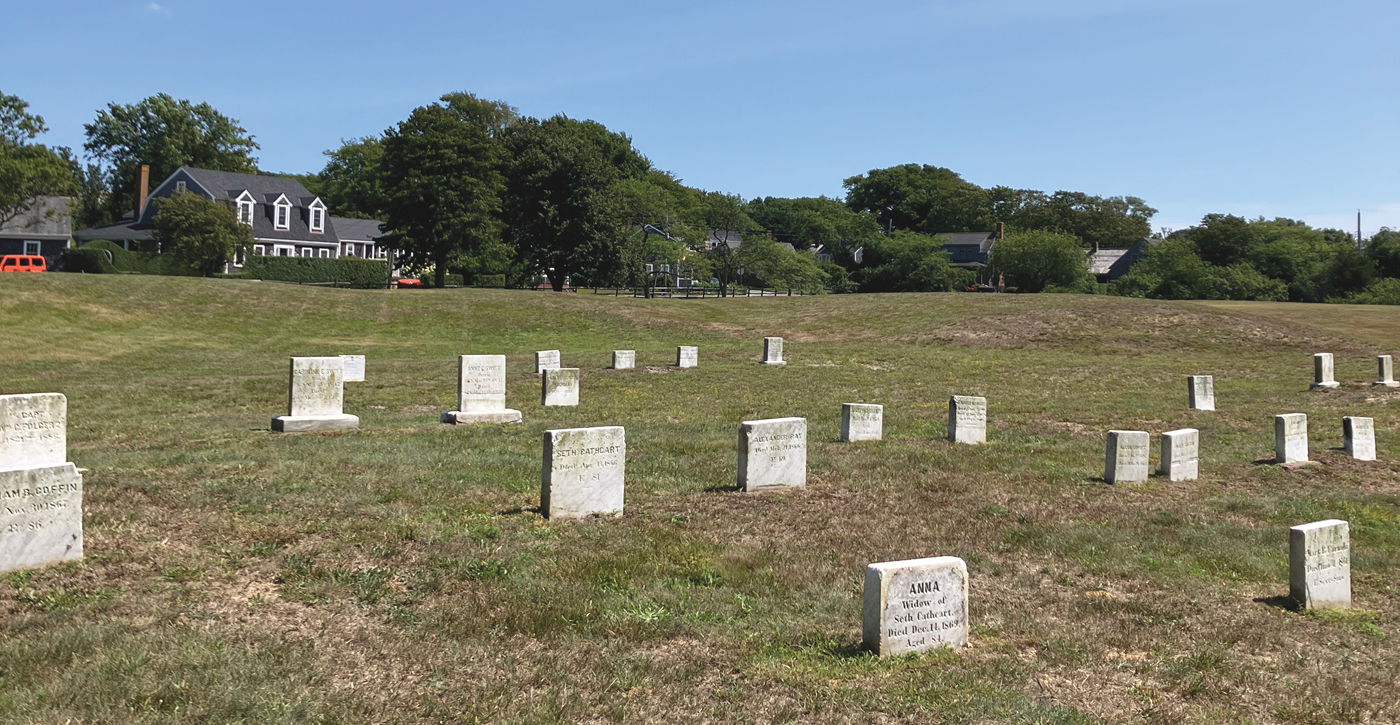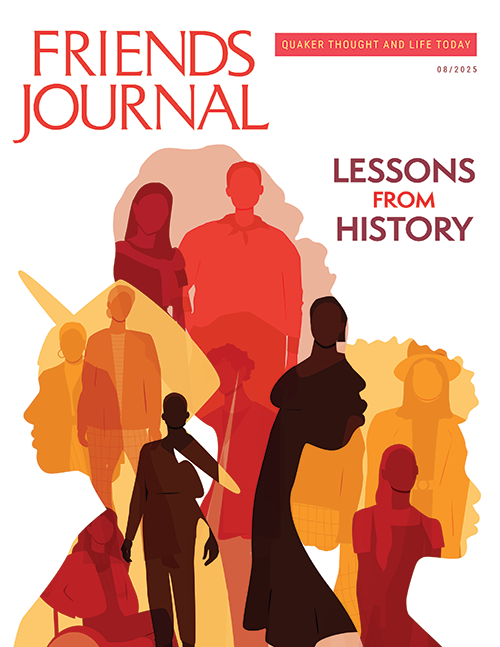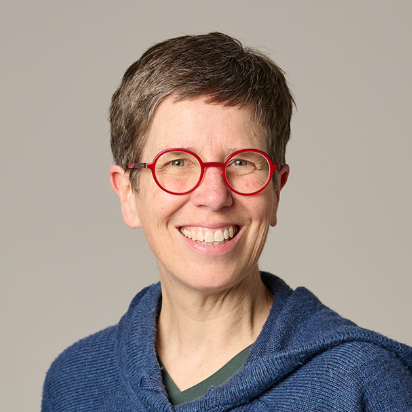We are poured out like water. Who will dance
The mast-lashed master of Leviathans
Up from this field of Quakers in their unstoned graves?—Robert Lowell, “The Quaker Graveyard in Nantucket”
In the summer of 2023, a few years past my own half century, I visited Nantucket for the first time. Seated on the upper deck of the passenger ferry near the prow, I watched the island sharpen from smudge to a slice as we approached the harbor. Down the gangplank and into the arms of friends who would introduce me to the island’s late summer charms: riding bikes to catch the sunrise over the ocean with my bare feet dug into the cold sand; afternoon naps on the beach in canopied comfort from the sun; and outdoor showers once back at the house to wash off the sea salt, the wood slick beneath my feet and soft to the touch, the sky above blue, like Nantucket’s ubiquitous hydrangeas.
As I navigate middle age (which arrived much as Nantucket emerged for me from the misted horizon on the ferry: a fuzzy sense of anticipation soon replaced with a crisp reality), days such as these on the island place me back in a suspended childhood of stretched time, where I licked sticky fingers from melting ice cream cones and slept deeply while curled in a question mark. Nantucket stills and reforms me. The trees outside my bedroom window rustled their reminder to pay greater attention in a language I can hear clearest when freed of my thieving quotidian distractions.
My emancipation afforded time for contemplation of my surroundings and myself. The titans of industry on Nantucket today are no longer my ancestral Quaker whalers. Instead, the steady drone of private jets overhead and the hum of electric vehicles navigating the cobblestones of the historic downtown point to a new kind of wealth and power. On my bike, I pedaled past weathered, shingled cottages and stately historic homes with bronze door knockers on my way to the last-standing meetinghouse, dating from 1838. There I peered in a window at the unadorned wooden benches and wondered: Where are the Quakers today?
Over 300 years ago, the Society of Friends was the first non-Native religious group to organize on the island (the Wampanoag Native Americans, who had been living there for thousands of years, had their own spiritual practices). A series of traveling Quaker missionaries visited Nantucket in the early 1700s and ministered to the residents there, including respected businesswoman Mary Coffin Starbuck, who by that time had lived on the island nearly 40 years, being part of the earliest wave of colonial settlers. She became the first convinced Nantucket Quaker, founding the Nantucket Meeting in 1708. The “great Mary Starbuck” catalyzed a mass conversion, the likes of which have never been replicated, and within 50 years, the vast majority of Nantucket’s residents gathered in silence on Sundays.
Factions and friction formed within the Nantucket Quaker community during the Revolutionary War and the War of 1812, which resulted in competing sects and a steep decline in the faithful. By the century of my birth, no Quakers were believed to remain on the island.
Over the intervening decades, Quakers have slowly returned. The historic meetinghouse on Fair Street now boasts a summer First-day service, and its annexed research archive welcomes guests who seek knowledge over spiritual revelation. As I consider these signs of renewal, I reflect on the subtext to my original question and ask myself: What kind of Quaker am I today?
The entrance (left) and interior (right) of the Friends Meeting House at 7 Fair Street, built in 1838.
I am a descendant of New England Quakers and a distant cousin to the evangelist Mary Coffin Starbuck. My biological link is illustrated in a collection of yellowing genealogical research documents painstakingly compiled by my late maternal great-aunt and corroborated in a transcribed oral history of her recorded when she was in her 80s. I discovered this trove after yanking open an antique bureau drawer once back on the mainland, my family history stowed in our Maine farmhouse like a collection of socks.
My Quaker family cemetery in Casco, Maine, sits beneath an oak tree of generous canopy, a quarter mile down Quaker Ridge Road and an 1814 meetinghouse built before Maine became a state. A family lichen-licked headstone stands above modest individual stone markers flush with the ground: my grandparents and other kin collect acorns every autumn, which are swept away each spring.
Is Quakerism in the United States in that autumnal phase of life or in spring? Indeed, attendance is shrinking at many U.S. meetings, but there are also signs of growth at meetings that have successfully welcomed young families and other seekers to their benches. I have not attended a monthly meeting with regularity as an adult, so statistically, I am part of the attrition. Personally, Quakerism feels both urgent and vital. From lawsuits against the U.S. Department of Homeland Security to my own equanimity, Quaker silent worship and the history of individual ministry and activism are necessary ballast in these rough waters.
I was raised Quaker, my faith the equivalent of a native tongue. There is no memory of learning the language, just the fact of fluency. Quaker core values have guided my life at every stage, but in some ways I’ve uncoupled my faith and practice. What do I gain from worship in community? What have I missed by its absence?
Attendance at Quaker Ridge Meetinghouse has not been continuous since 1814, but my great-aunt, who took care to document family genealogy, began to convene occasional summer worship in 1956. When I was a young child she secured historic designation status for the simple, unheated clapboard building. My recent move to Maine affords me proximity, and now my life includes a season of worship. Attendee numbers are modest but include Quakers beyond my family members. I could see my breath last November in our final meeting for worship before closing for the winter: the work of my lungs made visible.
On my return to Nantucket in the summer of 2024, I was determined to visit graves as a pilgrimage of ancestor-worship and grave-sweeping. However, in keeping with the tenets of simplicity and rejection of idols, the historic Quaker cemetery, which encompasses acres of Nantucket prime real estate, boasts only a few headstones the color of bleached whalebones. The spectral markers, like stray teeth scattered in a corner of the rolling expanse dotted by a few stubborn trees, represent the schism that undid the Quaker faith on Nantucket with a similar totality as its initial adoption. I am walking across more than bones; I am walking across an undoing.
Just because something is invisible, however, does not deny its existence; faith in the Divine is an exercise in this very truth. Bones are a form of history; bones are a human architecture; bones are a way to describe an essential knowledge. These foundational qualities—my past, my body, my mind—are all informed by Quakerism and will continue to be so into the future.







A great piece, enjoyed reading about the bones. Thanks A.V Crofts.
Quaker whalers from Nantucket started a meeting in Cape Town. We regard them as our founders.